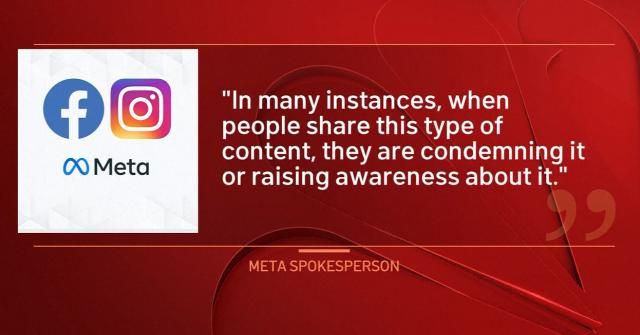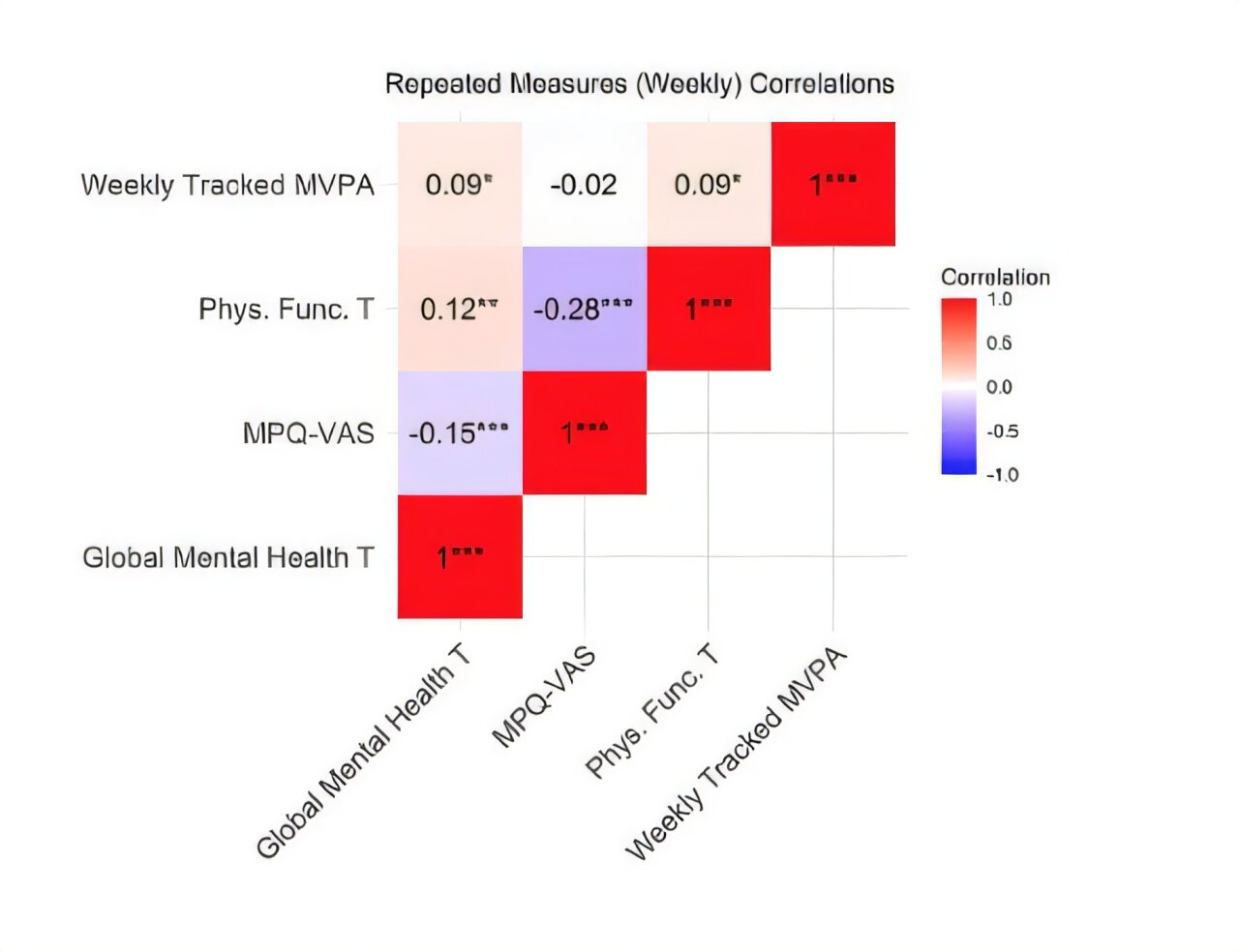Scrolling into Darkness: How Violent Online Content Shatters Mental Wellbeing

In recent weeks, social media platforms have been inundated with disturbing and graphic videos depicting extreme violence. From the shocking shooting death of Charlie Kirk to the horrific stabbing of a Ukrainian refugee on a train in Charlotte, users have been confronted with increasingly violent content that challenges platform moderation policies.
Adding to the controversy, Meta has announced that it will not remove all videos related to Charlie Kirk's killing, sparking intense debate about the boundaries of content sharing and the ethical responsibilities of social media platforms. This decision highlights the ongoing struggle between free expression, public awareness, and the potential traumatization of viewers exposed to violent imagery.
The proliferation of such graphic content raises critical questions about digital ethics, the psychological impact of witnessing violence online, and the role of technology companies in managing sensitive and potentially traumatizing material. As social media continues to evolve, the balance between transparency and responsible content moderation remains a complex and contentious issue.








